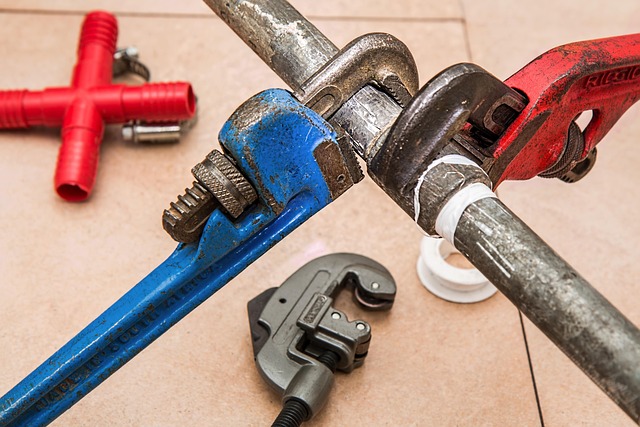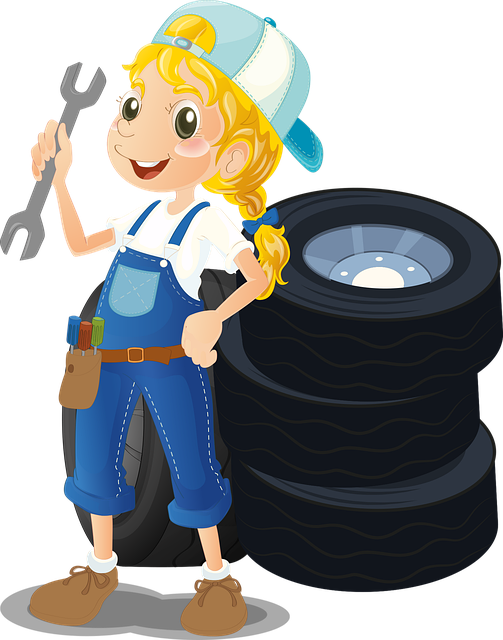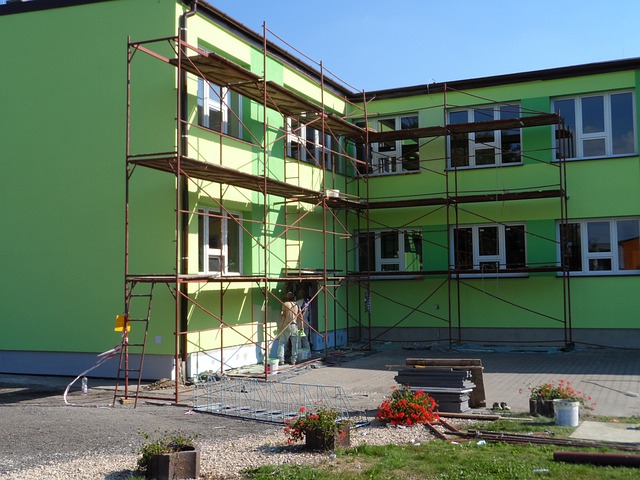Auto body corrosion (rust) is a common issue caused by metal-oxygen-moisture reactions, accelerated by poor paint quality and lack of maintenance. Symptoms include discolored or flaky metal surfaces; left untreated, rust can cause structural damage and safety risks. Preventing corrosion involves regular washing, waxing, underbody coatings, and proper drainage to maintain vehicle value. Choosing the right rust repair method is crucial, considering severity and affected areas—from mild rust converters to severe cases requiring professional mechanical methods. Regular maintenance, including humidity management and prompt dent repair, also prevents rust formation. Always opt for high-quality automotive products when selecting a rust repair method.
Corrosion on your vehicle’s body can be a costly and unsightly problem. Understanding auto body corrosion, its causes, and effects is the first step towards an effective fix. This guide will help you navigate the world of rust repair, focusing on ‘selecting the right rust repair method’. We’ll break down the process step-by-step, ensuring you’re equipped with knowledge to tackle corrosion, prevent future damage, and make informed decisions when choosing a rust removal method.
- Understanding Auto Body Corrosion: Causes and Effects
- Selecting the Right Rust Repair Method for Your Vehicle
- Step-by-Step Guide to Effective Rust Removal and Prevention
Understanding Auto Body Corrosion: Causes and Effects

Auto body corrosion, often referred to as rust, is a common and concerning issue that can significantly impact a vehicle’s aesthetics and structural integrity. Understanding its causes and effects is the first step in selecting the best rust repair methods. Corrosion occurs when metal surfaces come into contact with oxygen and moisture, leading to a chemical reaction that results in rust formation. This process can be accelerated by various factors such as poor paint quality, exposure to salt water, acidic environments, or inadequate maintenance.
The effects of auto body corrosion are visible in the form of discolored, flaky, or pitting on metal surfaces. Over time, if left unaddressed, rust can penetrate deep into the metal, causing structural damage and compromising the vehicle’s safety. Preventing corrosion is key to maintaining a car’s value. Effective prevention techniques for rust include regular washing and waxing, using underbody coatings, and ensuring proper drainage around the vehicle. Additionally, knowing how to stop rust naturally through methods like stainless steel restoration can extend the life of a vehicle’s exterior.
Selecting the Right Rust Repair Method for Your Vehicle

Choosing the appropriate rust repair method is a crucial step in effectively restoring your vehicle’s exterior. Different techniques are designed to tackle rust at various stages and on different types of metal surfaces. It’s essential to assess the extent of corrosion, identify the affected areas, and select a method that aligns with these factors for optimal results. For instance, mild rusting on relatively flat metal surfaces can often be treated with specialized rust converters or paint systems, offering both aesthetic improvement and long-term protection.
On the other hand, more severe rust infiltration, especially in curved or complex areas, might require professional rust removal services employing mechanical methods like grinding or sandblasting to thoroughly eliminate the corrosion. These techniques are followed by careful surface preparation and application of high-quality coatings designed to resist future rust formation, ensuring long-term solutions to rust issues. The key lies in matching the repair method with the specific needs of your vehicle for a successful and durable fix.
Step-by-Step Guide to Effective Rust Removal and Prevention

Rust can be a significant issue for auto bodies, but with the right approach, it’s possible to effectively remove and prevent it. Here’s a step-by-step guide to help you tackle rust on metal surfaces treatment, ensuring your vehicle retains its structural integrity and aesthetic appeal.
First, inspect the affected area thoroughly. Identify the extent of corrosion and determine if it’s superficial or penetrates deeper into the metal. For minor rust, use a wire brush to scrape away loose particles. Then, apply a rust converter, which chemically reacts with the rust to prevent further oxidation. After allowing it to dry, coat the area with a high-quality rust-preventive paint or primer designed for automotive use. For more severe cases, consider professional rust removal services that employ specialized equipment and techniques, such as sandblasting or chemical stripping, to completely eliminate rust before applying a protective coating. Implement effective rust prevention strategies by regularly washing and waxing your vehicle, ensuring quick repair of any small dents or dings, and maintaining proper humidity levels in storage areas to minimize moisture contact with metal surfaces.
When it comes to addressing auto body corrosion, understanding the issue and choosing the right repair method are key. By identifying the specific causes and effects of rust on your vehicle, you can Select the most effective Rust Repair technique. Following a meticulous step-by-step process for rust removal ensures a lasting solution, safeguarding your car’s exterior against future corrosion. Remember, prompt action and the right tools can make all the difference in restoring your vehicle to its original condition.
